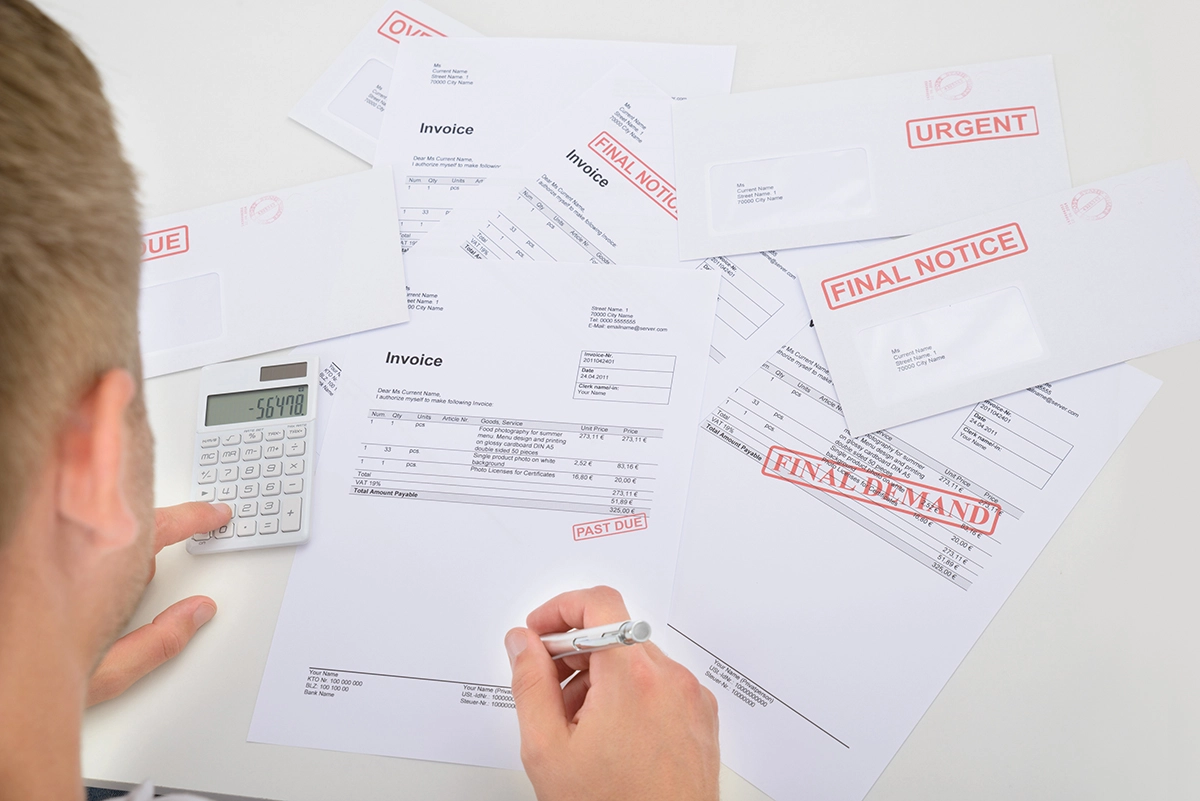Sales and revenue are different but unfortunately are used interchangeably. If you report sales instead of revenue on your profit and loss statement, it might be wrong. Why?
A Sale is a Sale is A Sale
A sale is a sale. Revenue is that portion of the sale that is billed and accounted for. If your company collects all sales COD, then revenue equals sales each month. Most companies have maintenance revenues and maintenance sales which are upfront payments for future work and not revenues at the time the maintenance plan is sold.
Here are examples where sales and revenues are not equal.
1. Example A – A project that takes 4 months to complete
You sell a $1 million project which is to be completed over 4 months. The sale is $1 million. The entire $1 million does not appear on your profit and loss statement the month that it is sold unless the entire project is completed in a month. If the entire job is completed in a month, sales and revenues are the same.
If the project is performed over a period of months, generally the project is billed over several months.
The revenue, which appears on your profit and loss statement, is the amount that is billed for that month. The total revenues, over the period that the project is completed, equal the sale amount. If the project takes 4 months from start to finish, and a quarter of the project is completed each month, then the revenues that are accounted for on your profit and loss statements are $250,000 a month…not $1 million. The expenses incurred to produce those revenues are also in the same month.
2. Example B – A maintenance program paid in advance (or on monthly billing)
Assume your customer pays you $250 each January for their maintenance plan. The maintenance is performed in April and October.
The sale is $250. It is NOT revenue. The sale is recorded as a $250 deferred income on your balance sheet rather than a $250 sale on your profit and loss statement.
Financial Fruit Salad
So, if we look at that example again, in it we can see that you received money for work you have not performed yet. This is a liability to perform work.
When you do the first maintenance in April, your liability to perform is cut in half. $125 is now recognized as revenues on your P&L and your deferred income is cut in half.
In January you have revenue with no matching expenses. In April and October, you have expenses with no offsetting revenue.
If you were to account for the maintenance sale in January, then in all three months you would have a financial statement fruit salad. January’s profit and loss statement would look better than it should (higher profits because there are revenues and no expenses incurred in producing those revenues). April’s and October’s profit and loss statements would look worse than they should (lower profits because there are expenses and no revenues to offset those expenses).
You must recognize the revenue in the month you performed the activities. If you don’t match revenues with the expenses incurred producing those revenues, you have financial fruit salad. This is where you account for revenues in one month, the apple month, and expenses in another month, the orange month. When you job-cost those jobs and analyze your financial statements you have apples and oranges, i.e. fruit salad.
With financial fruit salad, your gross margins are not consistent. They can be negative in the months that you purchase a lot of material and equipment which is not considered inventory and has not been used on jobs. Consequently, you have no idea whether the company is truly profitable.
In addition, counting sales as revenues is why I often hear the complaint, “We’re busy and losing money.” If the maintenance program is priced and accounted for properly, you’ll be busy and at least breaking even because the revenue and expense are accounted for properly.
Accounting for Maintenance Service Properly
Here’s how to account for maintenance properly. You’ll need a maintenance savings account in current assets and a deferred income maintenance account in the current liabilities section of your balance sheet.
Looking again at Example B above:
• January: Debit your savings account for $250 and credit deferred income maintenance for $250
• April: Debit your deferred income maintenance account for $125 and credit maintenance revenue for $125
• October: Debit your deferred income maintenance account for $125 and credit maintenance revenue for $125
Your balance sheet should always show the maintenance savings account amount equal to or greater than the deferred income maintenance account. Make sure that revenues, not sales, are recorded on your profit and loss statement. This will help ensure consistent gross margins and help avoid financial statement fruit salad.
Click here to download the template for employee profit sharing.
Ruth King has more than 25 years of experience in the HVACR industry and has worked with contractors, distributors and manufacturers to help grow their companies and become more profitable. Contact Ruth at ruthking@hvacchannel.tv or at 770-729-0258.






